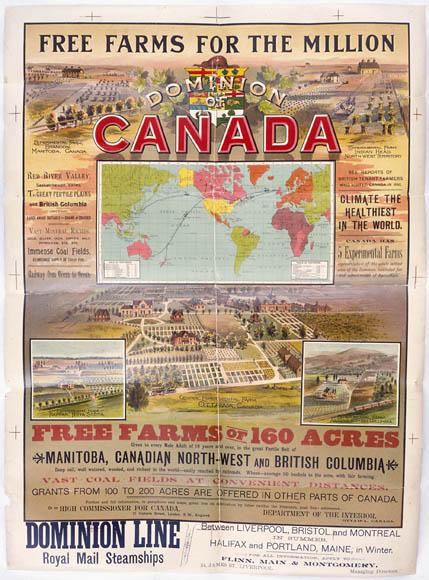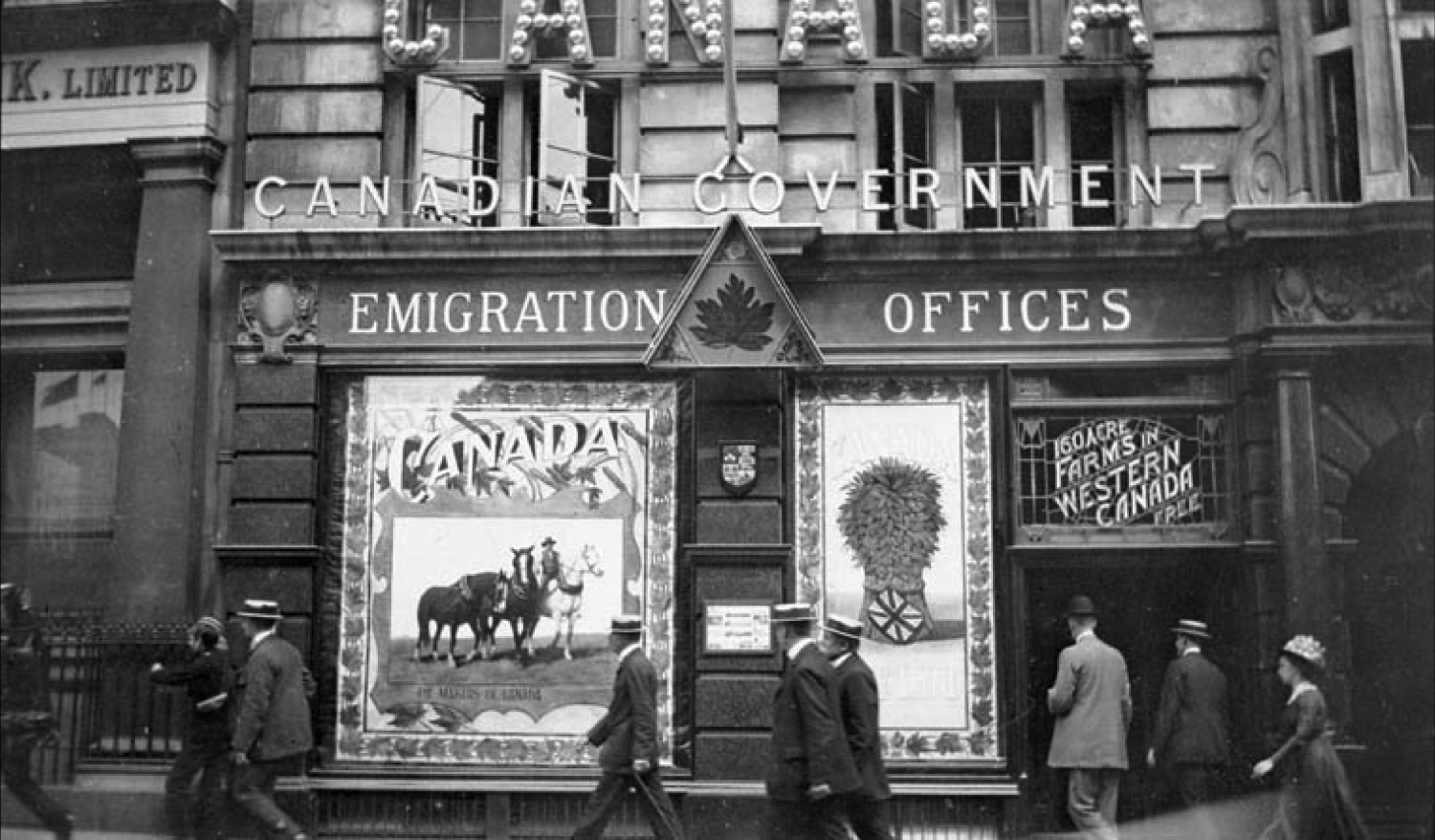B.C.’s Population Explosion
The remote province turns into a hub of immigration
Date: 1891
In 1881, a decade after entering Confederation, British Columbia’s population was just under 50,000 people, half of whom were Indigenous. This proportion would have been higher, were it not for the European diseases that had decimated, in some cases, entire Indigenous communities. In many ways, the barebones settler-society seemed more like an aspirational outpost than a fully-fledged province.
This wouldn’t last long.
In 1885, construction on the CPR came to an end, finally linking B.C. with the bustling metropolises of Montréal and Toronto. The railway was part of Prime Minister Macdonald’s three-part plan to simultaneously modernize Canada’s economy while protecting it from American expansion; in addition, tariffs were imposed on imported goods, and the government was doing what it could to encourage immigration.
Now easier to access, the province’s numbers began growing at breakneck speed. They doubled every 10 years from 1881 to 1911, when B.C.’s population reached just short of 400,000. At first, many of these migrants were departing from Ontario, Nova Scotia and New Brunswick. With every inbound train, the new arrivals increasingly tethered the geographically-isolated province to the rest of the dominion.
Immigrants settled throughout British Columbia, picking up work as farmhands in the Okanagan and Thompson Valleys, the mines on Vancouver Island, the canneries along the coast, and in other resource-based industries. Still, Vancouver was the destination for most: between 1901 and 1911, it was the fastest-growing city along the West Coast of North America. But urbanization was taking place all across the province, with new settlements springing up along railway lines in the late 19th century. By 1891, six out of 10 British Columbians were living on the mainland — a reversal from earlier years when Victoria and Vancouver Island were the region’s chief population centres.
After the federal government enacted new immigration policies in 1896, as part of Macdonald’s earlier plan, the bulk of newcomers hailed from Britain. The province was now whiter and more British than ever before. But Britons weren’t the only group. Increasingly, Japanese and South Asian immigrants, as well as Russian Doukhobors, were now calling B.C. home. Many Chinese immigrants were coming, too, although the discriminatory 1885 head tax began to restrict their numbers. In short, British Columbia had become a cultural hodgepodge.
At the same time, pervasive racism that segregated communities and normalized discriminatory policies had become the norm. In part, this was a product of immigration, too. The turn of the 20th century saw heightened interest in new ideas of nationality, class consciousness, and race. White supremacy had taken hold in many places across North America. This hateful dogma gained traction amongst B.C.’s white population as the province became more diverse.
The wave of immigration would come to an end by 1915. Unstable international relations and the start of World War One ensured that. Nevertheless, within a generation, half a million new people had made their way to British Columbia. By 1951, B.C.’s numbers had surpassed Alberta and Saskatchewan, becoming the third most populous province in Canada.
Sources:
- Barman, Jean. The West Beyond the West: A History of British Columbia. 3rd ed., University of Toronto Press, Scholarly Publishing Division, 2007.
- Basavarajappa, K. G., and Bali Ram. “Historical Statistics of Canada: Section A: Population and Migration.” Statistics Canada, 2 July 2014, www150.statcan.gc.ca/n1/pub/11-516-x/sectiona/4147436-eng.htm.
- Belshaw, John. Becoming British Columbia: A Population History. UBC Press, 2009.






